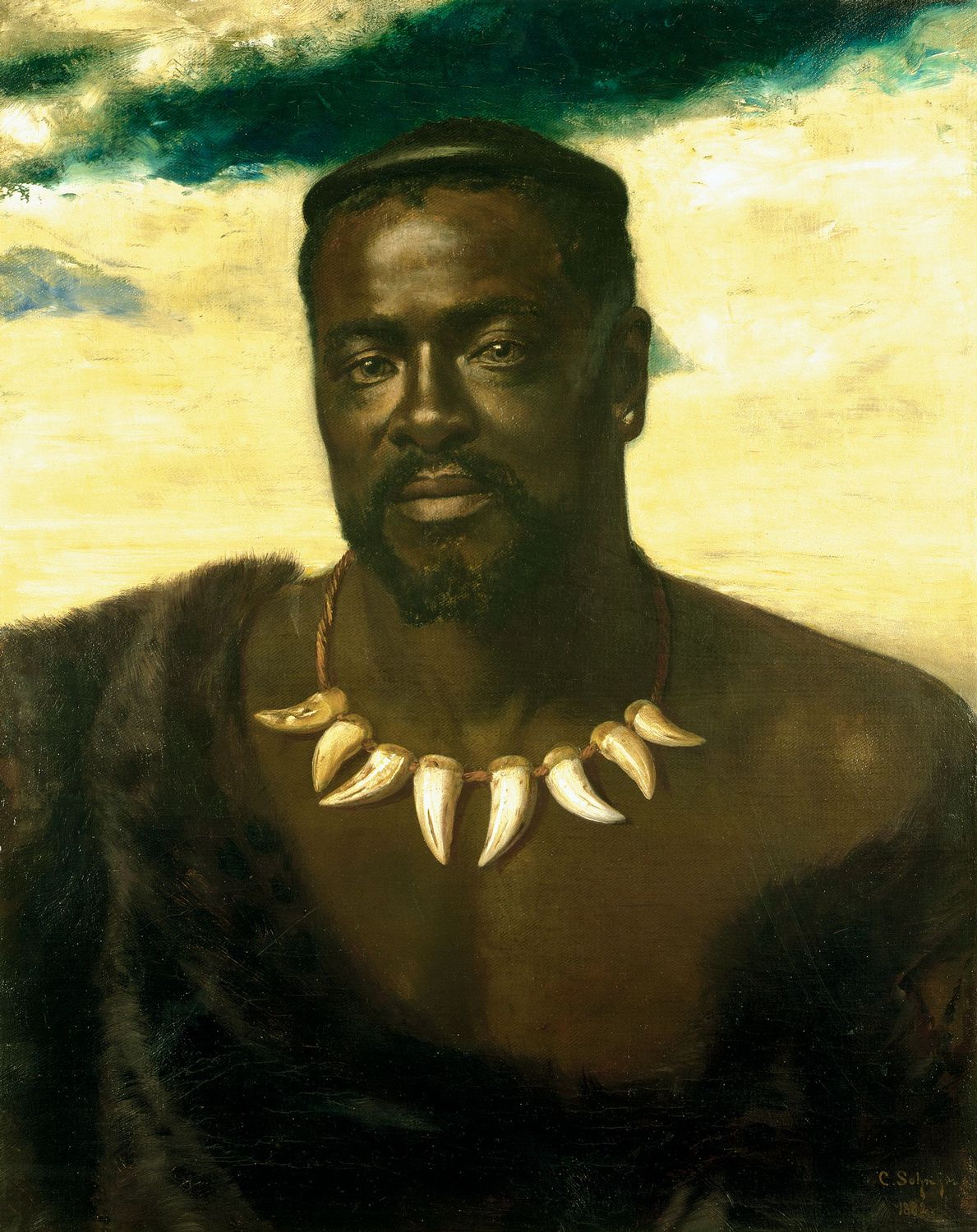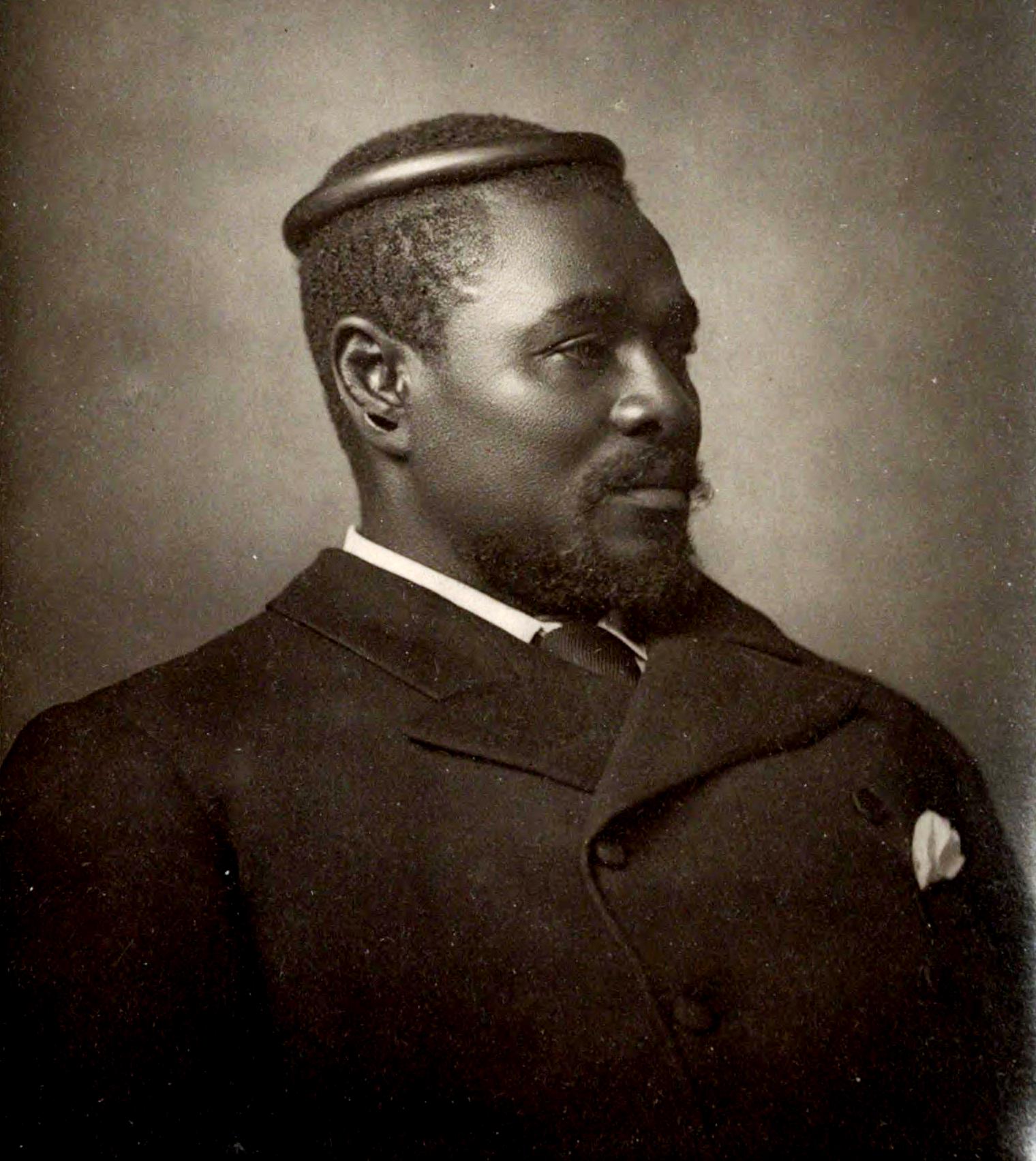Cetewayo
1826-1884

Cetewayo painted by Karl Rudolf Sohn (

Cetewayo photographed on his visit to London (Wikipedia)
Cetshwayo kaMpande (Anglicised to Cetewayo) was The King of the Zulu Nation during Victoria’s reign. He led his army to fight the British in the Anglo Zulu War of 1879. Britain wanted to annex Zululand in South Africa after diamonds were discovered there. The government used various internal conflicts to manufacture an ultimatum to give up their land.
When they refused the British invaded with 15,000 troops. They were expected to defeat the poorly-armed Zulus numbering 35,000. Eleven days later the British suffered a crushing defeat at the Battle of Isandlwana. The following day the Zulus attacked the small garrison at Rourke’s Drift and were repelled. The war ended in July after the British brought in more troops, and Zululand became under British control.
Cetewayo was exiled to Cape Town and, in August 1882, London. The deposed king campaigned to plead for the restoration of his kingdom. Lady Florence Dixie and The Morning Post newspaper debated the legitimacy of the British invasion. Far from being a threat to the to British interests in
In August 1882 he travelled to Osborne House with two of his generals.
The Queen wrote in her journal: “A very fine man, in his native costume, or rather no costume. He is tall, immensely broad, and stout, with a good-humoured countenance, and an intelligent face…I recognised him as a great warrior, who had fought against us, but rejoiced that we were now friends.”
Britain agreed to give a part of Cetewayo’s lands for him to rule over and he returned to South Africa the following year. Several disputes arose and he was wounded, dying in February 1884.
Downhill to next
Uphill to next
Funded by the
